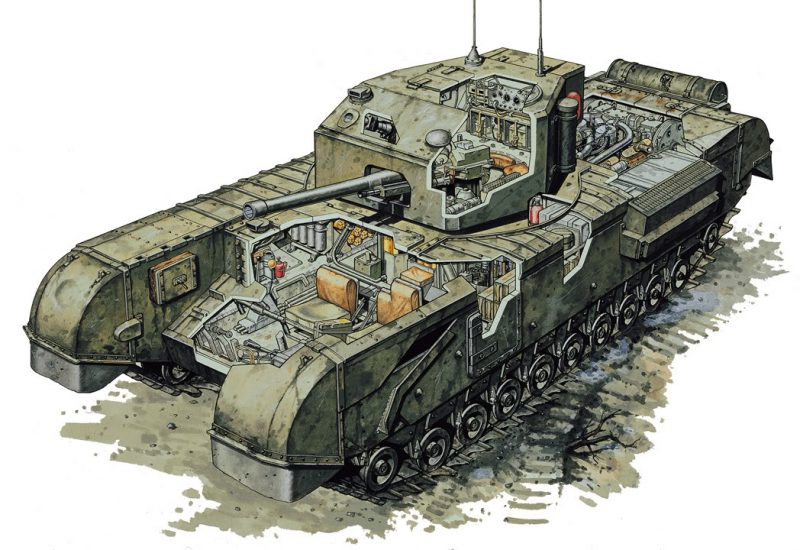

British development
The Landships Committee commissioned Lieutenant Walter Gordon Wilson of the Royal Naval Air Service and William Tritton of William Foster & Co. Ltd. of Lincoln, to produce a small landship. Constructed in great secrecy, the machine was given the code-name tank by Swinton.
Nicknamed Little Willie, this prototype tank weighed 14 tons and could carry a crew of three, at speeds of less than 2 mph over rough ground. Trench-crossing ability was deemed insufficient however, leading to the development of a rhomboidal design, which became known as HMLS Centipede and later Mother, the first of the British heavy tanks. After completion on 29 January 1916 very successful trials were made, and an order was placed by the War Office for 100 units to be used on the Western front in France, on 12 February 1916, and a second order for 50 additional units was placed in April 1916.
The great secrecy surrounding tank development, coupled with the skepticism of infantry commanders, often meant that infantry at first had little training to cooperate with tanks. The first use of the British tanks on the battlefield was the use of 49 Mark I tanks during the Battle of the Somme on 15 September 1916, with mixed, but still impressive results. Many broke down but nearly a third succeeded in breaking through. Finally, in a preview of later developments, the British developed the lighter Whippet. This tank was specifically designed to exploit breaches in the enemy front. The Whippet was faster than most other tanks, although it carried only machinegun armament. Postwar tank designs would reflect this trend towards greater tactical mobility.
While the British took the lead in tank development, the French were not far behind and fielded their first tanks in 1917. The Germans, on the other hand, were slower to develop tanks, concentrating on anti-tank weapons.
https://youtu.be/DLKXJLeIZLg